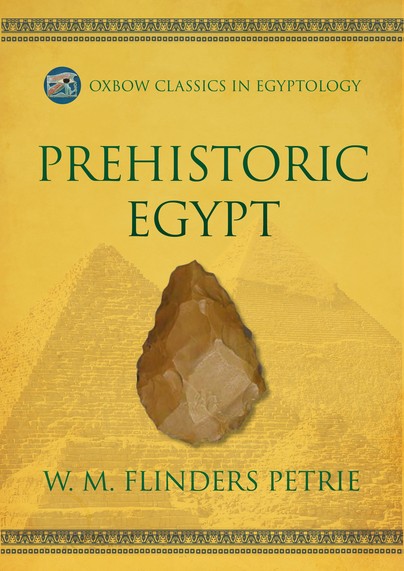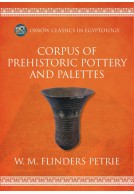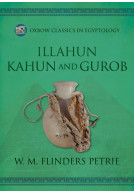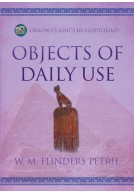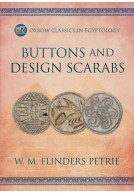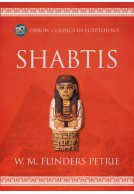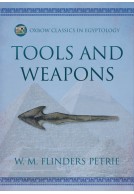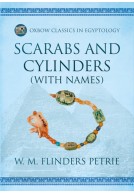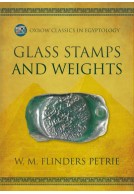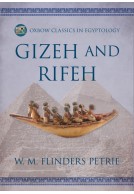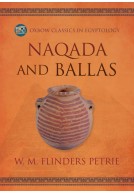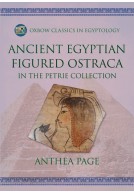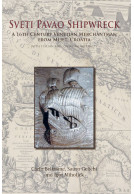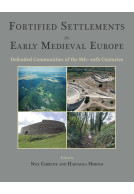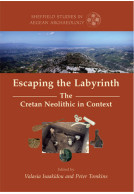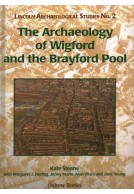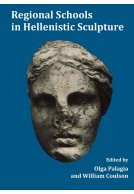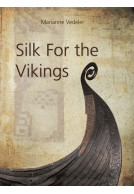Prehistoric Egypt (Paperback)
By
W M Flinders Petrie
Imprint: Oxbow Books
Series: Oxbow Classics in Egyptology
Pages: 114
ISBN: 9798888570166
Published: 15th March 2023
Script Academic & Professional
Imprint: Oxbow Books
Series: Oxbow Classics in Egyptology
Pages: 114
ISBN: 9798888570166
Published: 15th March 2023
Script Academic & Professional
You'll be £24.95 closer to your next £10.00 credit when you purchase Prehistoric Egypt. What's this?
+£4.99 UK Delivery or free UK delivery if order is over £40
(click here for international delivery rates)
Need a currency converter? Check XE.com for live rates
(click here for international delivery rates)
Need a currency converter? Check XE.com for live rates
This is the facsimile edition of the 1974 reissue of Flinders Petrie’s 1921 description and catalogue of pre-dynastic, prehistoric artifacts from Egypt. Draws together evidence from various excavations and surveys undertaken by himself and others to present a fully illustrated, detailed catalogue of recovered artifacts of flint, other stone, clay, pottery, ivory/tusk and bone, metalwork, wood, shell and glass. He attempts to establish relative dating sequence based on a combination of object typologies and grave associations, combined with the then-latest geological and sedimentological information, concluding that the material covered a period from around 10,000–5000 BC. Objects are described by material and form, set within his established chronological framework.
This series comprises facsimile re-issues of typological catalogues produced between 1898 and 1937 by W.M. Flinders Petrie, based on his vast collection of Egyptian artefacts which now reside in The Petrie Museum of Egyptian and Sudanese Archaeology, University College, London. Long out of print, the catalogues were re-issued in facsimile by publishers Aris & Phillips in the 1970s alongside newly-commissioned titles by contemporary experts. Petrie’s catalogues remain invaluable source material today. The Oxbow Classics in Egyptology series now makes a selection of these important resources available again in print for a new generation of students and scholars.
There are no reviews for this book. Register or Login now and you can be the first to post a review!
About W M Flinders Petrie
Sir William Matthew Flinders Petrie (1853–1942) was a pioneer in the field of ‘modern’ archaeology. He introduced the stratigraphical approach in his Egyptian campaigns that underpins modern excavation techniques, explored scientific approaches to analysis and developed detailed typological studies of artefact classification and recording, which allowed for the stratigraphic dating of archaeological layers. He excavated and surveyed over 30 sites in Egypt, including Giza, Luxor, Amarna and Tell Nebesheh.
More titles by W M Flinders Petrie
Customers who bought this title also bought...
Other titles in the series...
Other titles in Oxbow Books...







